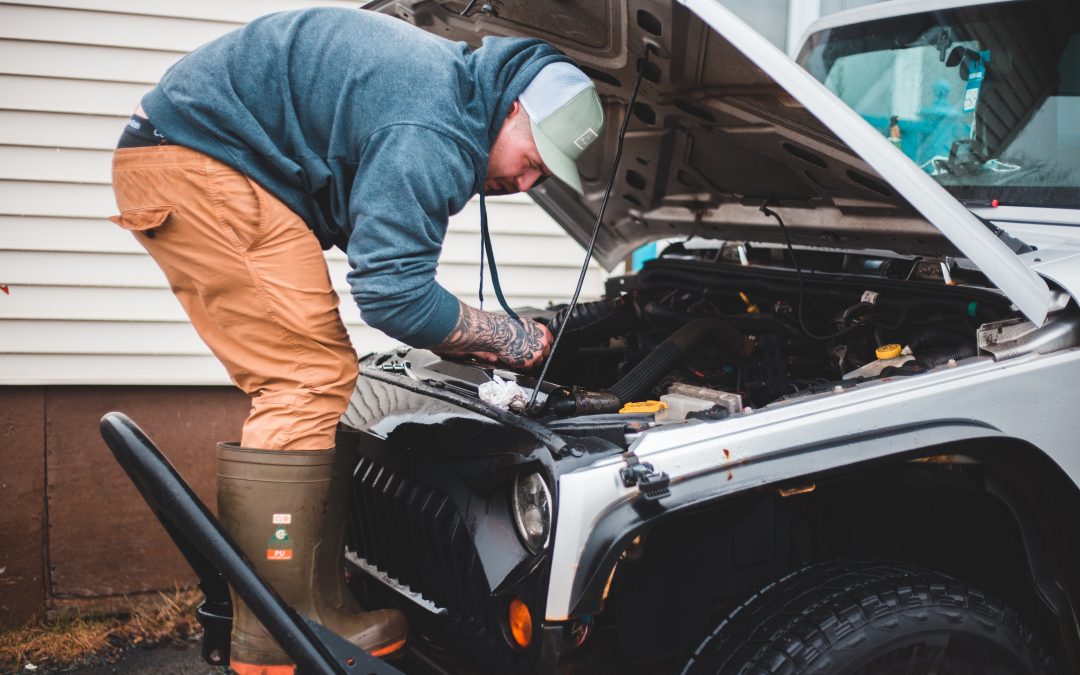So you’ve found that perfect used car/truck/van/SUV. Now what? How do you know if it’s been taken care of? How do you know if it’s in good condition? How do you know if you’re going to have issues with it going forward? Of course you test drive, look for obvious signs of damage and ask the seller, but how can you be sure?
Well, the honest answer is there is no way to be 100% sure if a vehicle is going to have issues in the future or not, unless you were to disassemble the entire vehicle and inspect every part, which obviously isn’t reasonable. If you know what to look for you can find clues that will help you make an educated guess. Here are a few tips:
- Fluids: Check all fluid levels that you can (oil, coolant, power steering, brake fluid, etc.) and while you’re checking that the level is correct, pay attention to the colour and clarity of the fluid. Darker usually means worse and particles always equals bad.
Oil should be caramel coloured or slightly darker brown, black isn’t great.
Coolant comes in a few colours (greenish, redish pink, yellowish, etc.) but it should always be bright, clean and clear.
Power steering fluid should be red.
Brake fluid should be yellowish or very light brown.
If any of them are looking darker, black, cloudy or have particles in them it’s a good sign that the owner hasn’t kept up on the maintenance of the vehicle. You’re also going to want to get down on the ground and look for any signs of wetness on the underside of the vehicle, that is an obvious red flag.
- Tires: First, are all 4 tires the same make and model? Are they a well known quality brand or a “no name”? How old are they? (you can find this by looking for the four-digit tire identification code imprinted into the sidewall. The first two numbers represent the week of the year it was manufactured and the last two digits are the year when the tire was manufactured. For example, 2612 = 26th week of 2012) Are they completely worn or do they have plenty of tread left? Is the tread wear even across the tire and consistent on all 4 tires? Mismatched, cheap brand or worn tires are another sign that the vehicle was maintained on a low budget. Uneven wear is a sign there are other potential issues lurking.
- Listen + feel: Start the engine, let it idle, pop the hood and listen for abnormal sounds (loud clicking, screeching, knocking, etc). Look at the engine, feel it with your hand (careful, some parts will be hot), is it vibrating aggressively? A healthy engine will sound smooth and consistent and will only be vibrating a little, not enough to shake the vehicle. Take it for a test drive with the windows down and the stereo off. Listen and feel for sounds and vibrations. A good rule of thumb is if you think a sound or vibration isn’t normal, it’s worth investigating further.
A vehicle history report from a company like Carfax is also a good tool to learn about where the vehicle has been, how many times it’s been sold and how much service has been done.
These are some of the best ways to check out a used car and help you decide if it has been taken care of and won’t cause you headaches in the near future. And of course if you aren’t 100% confident checking out a used vehicle yourself, for only $129 you can always have iNeedaPPi go check it out for you. 🙂



